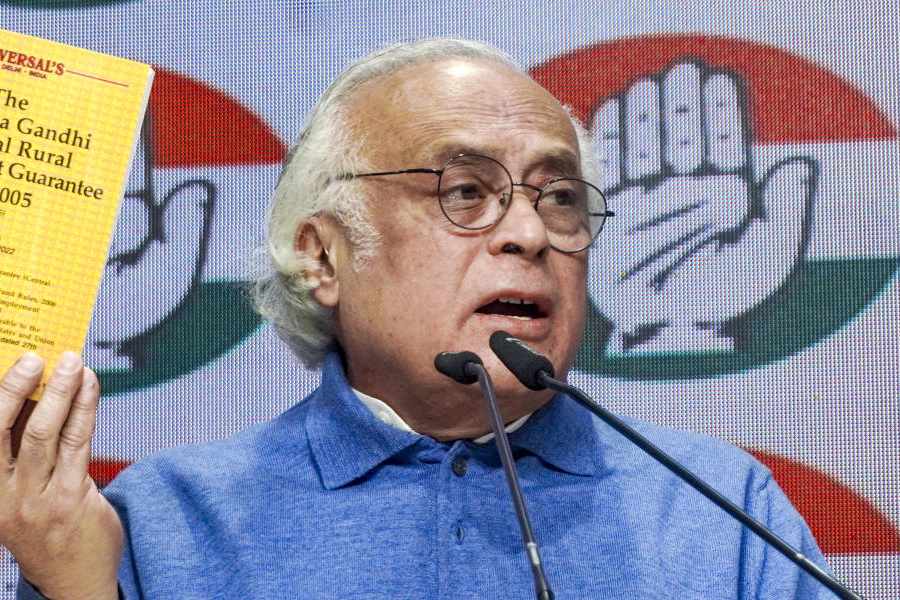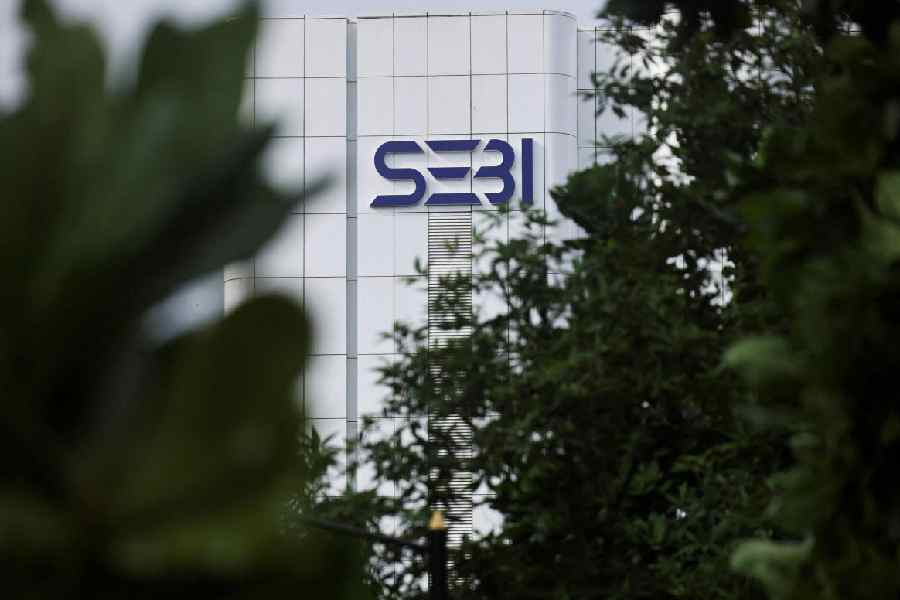The Centre’s bid to cool down fuel prices, it is being said, would tame inflation. But inflation has been surging in the economy in the recent past. The April 2022 figure for wholesale inflation rate was 15.08% and the consumer inflation rate was 7.79%. The inflation has been led by rising food grain prices and spiralling fuel prices. These, in turn, have been triggered by international supply-chain disruptions, the RussiaUkraine war, and fiscal compulsions to stimulate the post-pandemic recovery. With grain supply expected to fall with the impact of climate change, prices are rising. Rural wages have been falling, unemployment is high, and inflation has been squeezing demand for non-agricultural goods emanating from the rural sector. In rural India, the food price inflation has doubled from 3.94% in March 2021 to 8.04% in March 2022. Despite signals of impending inflationary pressures building up, the Reserve Bank of India had held on to its accommodating stance for too long by keeping interest rates low. The RBI has started to increase its policy rates at long last. But this was done only after the Federal Reserve Bank of the United States of America started to raise interest rates. Now the government has stepped in by reducing duties on fuel to soften prices at the retail level.
In the months of March and April, there was a sharp rise in demand for consumer goods but the spiking price levels suddenly brought down demand in a significant way. Expectations about future demand are bleak and, according to experts, would remain soft in the coming quarters. Producers are facing high input costs and are feeling compelled to pass them on to consumers. With squeezed margins and falling demand, they are unlikely to expand going forward. High inflation and falling demand are likely to create a situation of stagflation. International conditions are unlikely to improve, with major supply chain disruptions and contraction in international trade. With a depreciating rupee, import costs are going to go up, fuelling further inflation. In the domestic economy, prices and interest rates will climb in the coming months. Unemployment would rise and growth rates take a dive. The rural sector would suffer the most. Usually, when there is a rural economic crisis, the way out is the creation of jobs and incomes in the urban sector. This time, the urban sector is heading for a slump. The complexities of the international situation seem unfamiliar to all. The future is uncertain and an economic crisis is looming on the horizon.











